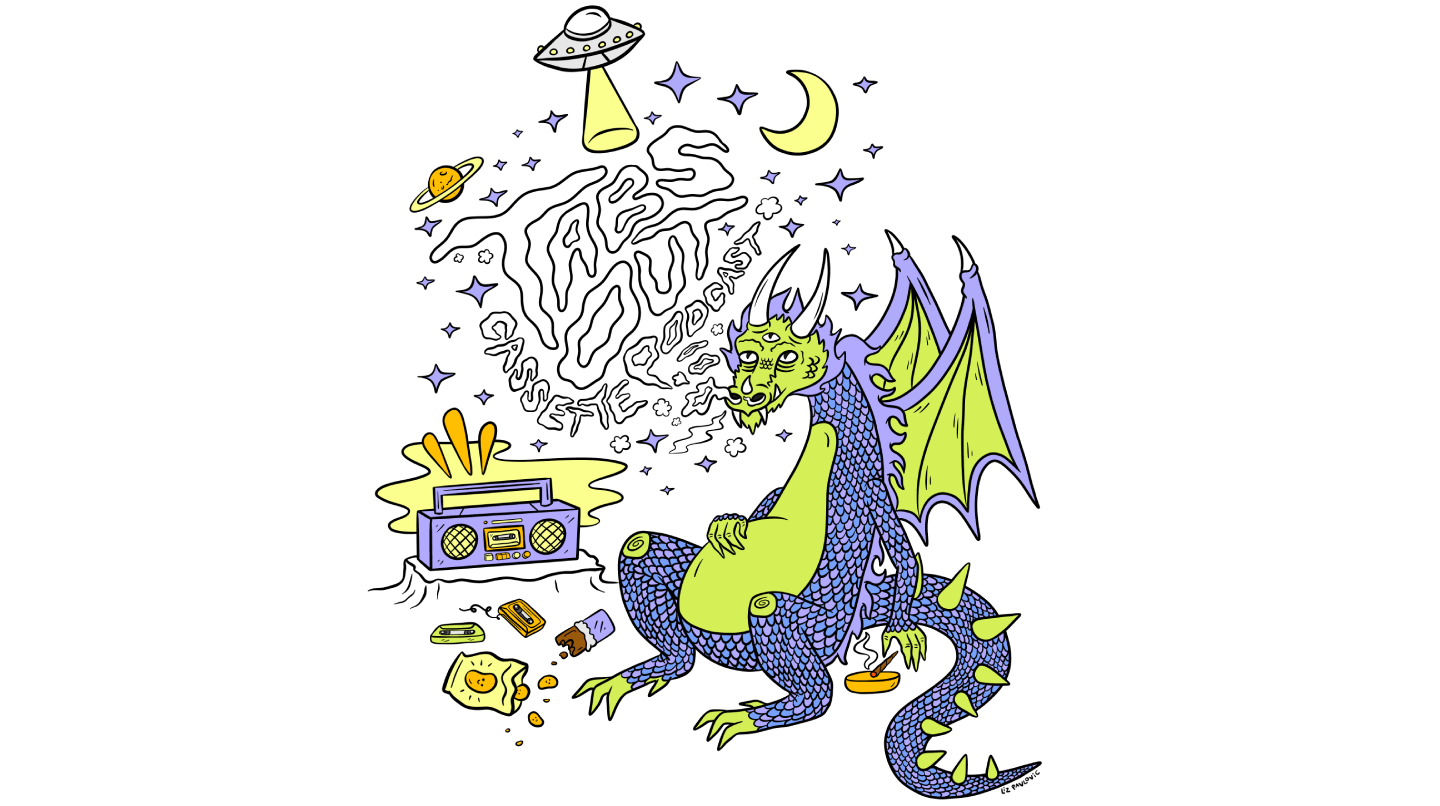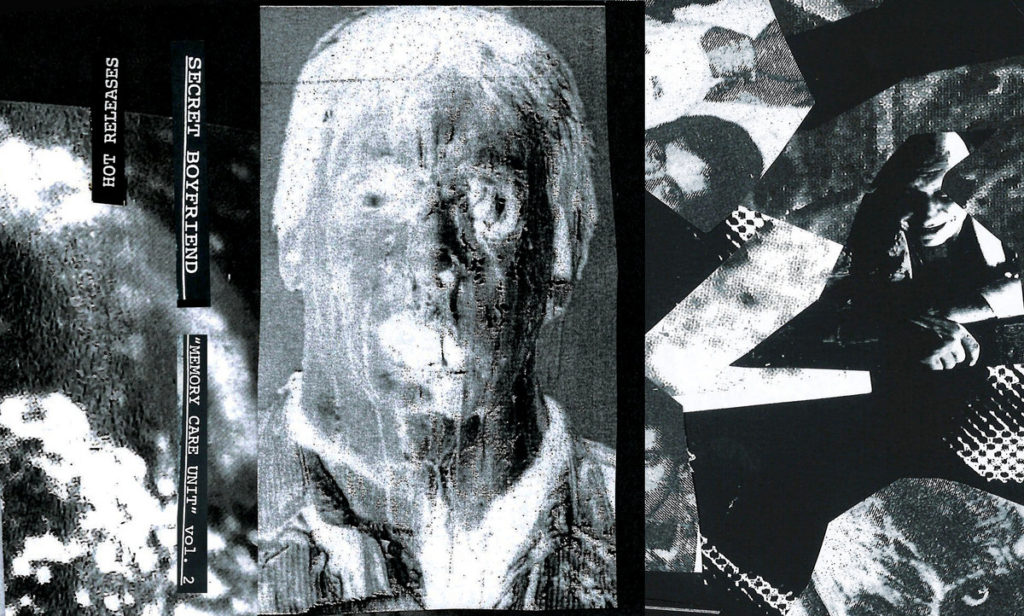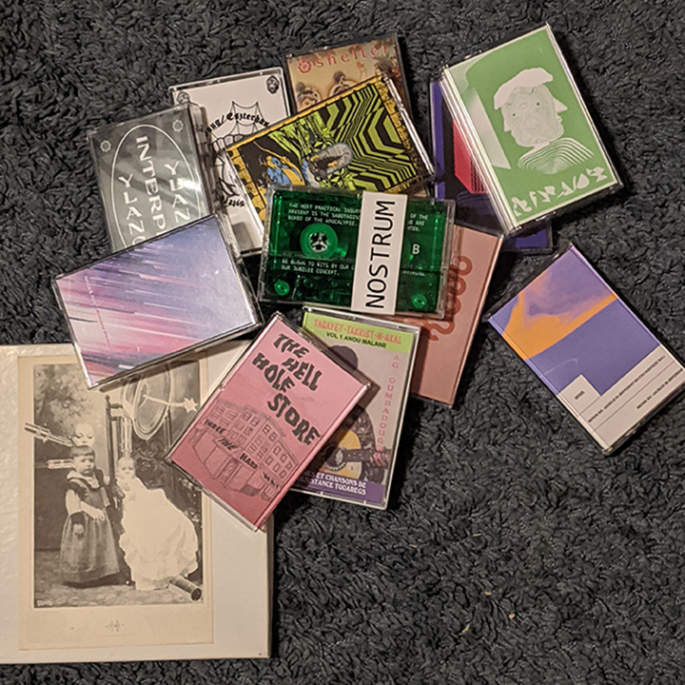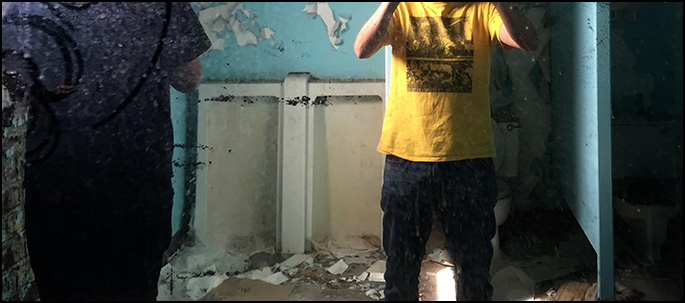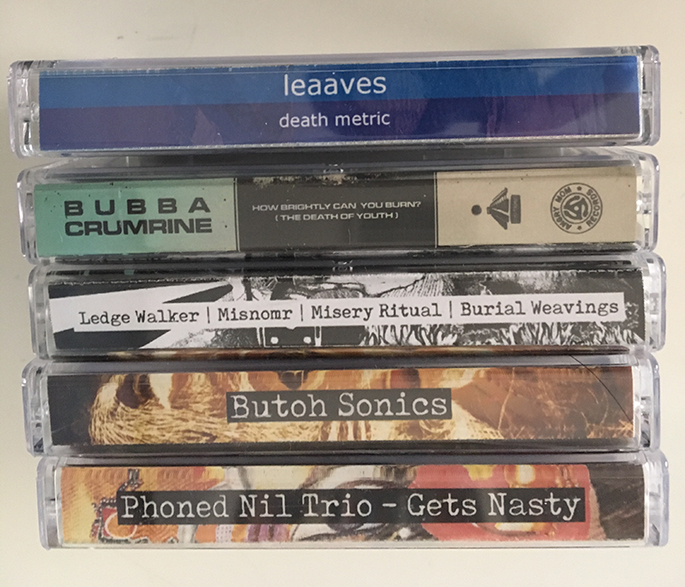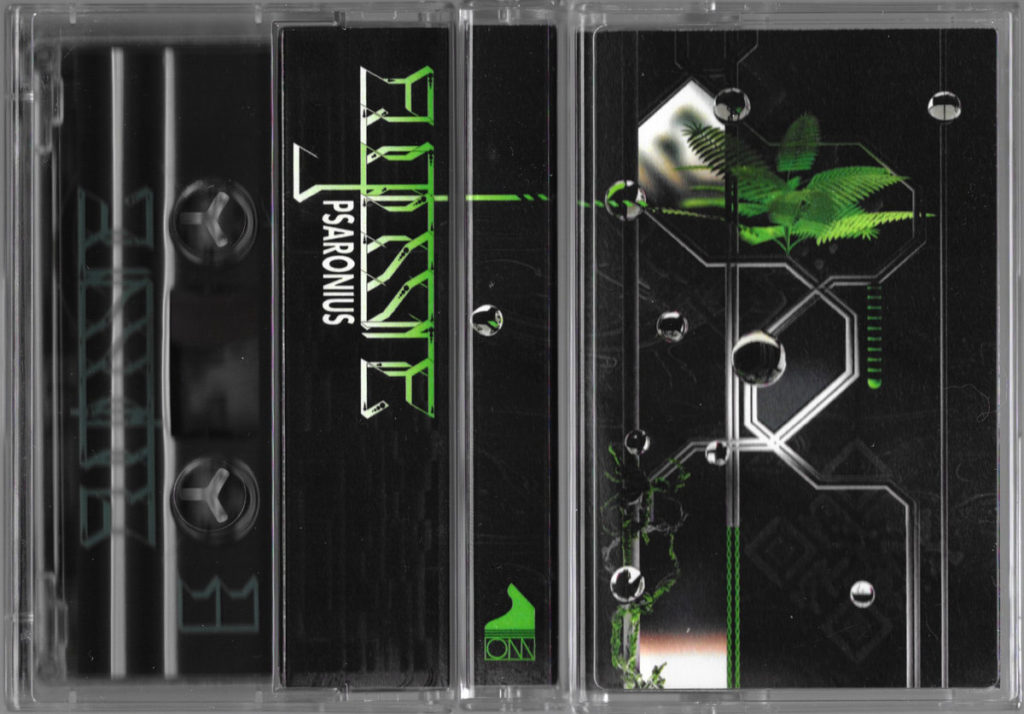4.14.20 by Ryan Masteller

Our tour of Display continues with my.head, a Marseille, France, producer and musician whose moniker looks like the title of a computer virus if you ask me. For example, if you found a flash drive on the street with a file in it called my.head.exe, would you run the file? If you are anything like the poor dupes Elliot Alderson hacks in “Mr. Robot,” you would. But since you’re a self-respecting experimental music fan, you know better. Honestly, how many Wolf Eyes CDs have you discovered contain only malware once you load them into your computer? That’s right, all of them. How many have you run? All of them, of course. So you’ve learned your lesson.
I have great news, though: my.head is not a computer virus, and the music that you will be hearing from your speakers that originates within the spools of this tape will overtake you in a different way. Call it a life hack, then, like those self-betterment strategies popular media/culture foist upon you, which are almost all sponsored by big corporations. Display is not a big corporation – Display is a tape label. Display releases tapes like my.head’s “Catharsis” because they really are invested in your personal self-betterment. Why do you think all their tapes are so good?
That trend continues with my.head, who plies the dark ambient waters of the emotional deep like labelmate Sangam, or frequent Sangam collaborator Diamondstein, or maybe Burial on his less propulsive EPs. Clocking in at over forty minutes, my.head slathers each heavy minute with cinematic synthesizer, a symbolic soundtrack to those symbolic waves of emotion breaking on the symbolic rocky shore of your mind. The coastline is deserted, desolate; you are the only one there. This might be the plot of “The Lighthouse,” but I haven’t seen that yet (fingers crossed it’ll be soon!) – if it is, I apologize that my.head wasn’t tapped to score it. I obviously wasn’t notified in time.
“Catharsis” is the sound of processing great existential turmoil. Voices appear and flee, pulses race and recede, and skies darken and clear. In the end you crash through that barrier of tension to the releases of catharsis. … Make that “Catharsis.” Hey, that’s pretty appropriately titled, now that I think of it! Virus or not.
This is a fun one: “Transparent Grey/Smoke Cassette; Hand Marble Swirled; Printed Sticker Label; Printed J-Card; Clear Case; Labeled Black Bag; Sticker Included.” Only 40, available from Display!
Related Links
